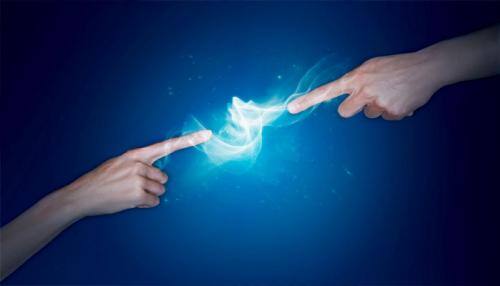- News>
- Science
Researchers develop device from spinach to produce electricity

Using a membrane extract from spinach leaves, Israeli researchers have developed a bio-photo-electro-chemical (BPEC) cell device that produces electricity and hydrogen from water using sunlight.
Jerusalem: Using a membrane extract from spinach leaves, Israeli researchers have developed a bio-photo-electro-chemical (BPEC) cell device that produces electricity and hydrogen from water using sunlight.
The BPEC cell is based on the naturally occurring process of photosynthesis in plants in which light drives electrons that produce storable chemical energetic molecules that are the fuels of all cells in the animals and plants.
The BPEC cell and plant membranes absorbs sunlight and convert it into a flow of electrons. In order to utilise photosynthesis for producing electric current, the researchers added an iron-based compound to the solution.
This compound mediates the transfer of electrons from the biological membranes to the electrical circuit, enabling the creation of an electric current in the cell.
The electrical current can also be channelled to form hydrogen gas through the addition of electric power from a small photovoltaic cell that absorbs the excess light.
This makes possible the conversion of solar energy into chemical energy that is stored as hydrogen gas formed inside the BPEC cell, suggested the study published in the journal Nature Communications.
This energy can be also converted into heat and electricity when necessary by burning the hydrogen, in the same way hydrocarbon fuels are used.
However, unlike the combustion of hydrocarbon fuels -- which emit greenhouse gases (carbon dioxide) into the atmosphere and pollute the environment -- the product of hydrogen combustion is clean water.
Therefore, this is a closed cycle that begins with water and ends with water, allowing the conversion and storage of solar energy in hydrogen gas, which could be a clean and sustainable substitute for hydrocarbon fuel.
"The combination of natural (leaves) and artificial (photovoltaic cell and electronic components), and the need to make these components communicate with each other, are complex engineering challenges that required us to join forces," said Avner Rothschild, researcher at the Technion-Israel Institute of Technology, at Haifa, in Israel.
